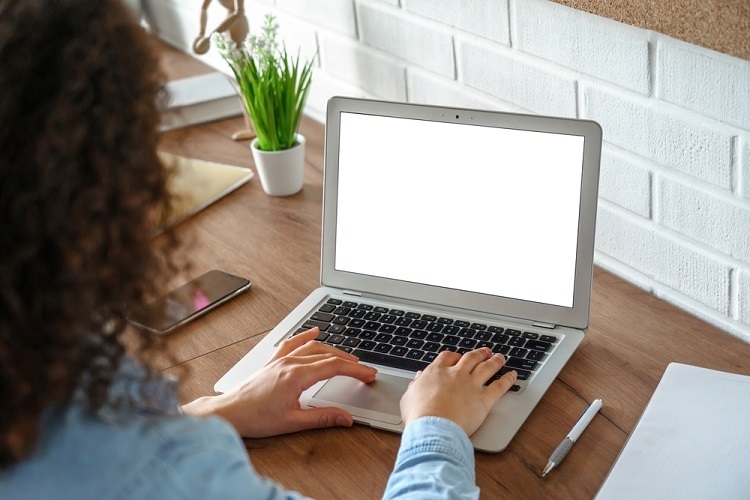All You Need To Know About Laptops Part 1
We cannot live without technology these days and laptops have become an essential part of our lives. Whether we use them for work, school, or play, they are a vital part of our daily routine. However, none of us are born with the knowledge of how to use a laptop, and it can be pretty overwhelming trying to figure it out on your own.
That’s why we’ve put together this comprehensive guide to everything you need to know about laptops. We’ll cover the basics of how laptops started, how to use a laptop, as well as some more advanced tips and tricks.
Table of Contents
What is the history of a laptop?
The first laptop computer was the Osborne 1, released in 1981. It weighed only 24 pounds and had 64 kilobytes of memory. The price tag? A whopping $1795 USD. The Compaq Portable, released in 1982, was the first laptop to use an Intel 8086 processor. It weighed 28 pounds and cost $3995 USD.
In the 1990s, laptops became smaller and more powerful. The first subnotebook was the Sony Vaio TR-1, released in 1997. It weighed just 2.2 pounds and had a 4.3-inch color screen. In 1999, the first “netbook” was released: the Psion Series 5mx. It weighed 1.3 pounds and had a monochrome screen.
Today, laptops are lighter, thinner, and more powerful than ever before. The average laptop weighs just under 5 pounds and has a battery life of 6-8 hours. Many laptops now come with touchscreens, 4G LTE connectivity, and other features that were once only available on desktop computers. Laptop computers in Orem or wherever you are have truly revolutionized the way we live and work.
What are the different types of laptops?
Laptops come in many different shapes and sizes. The three most common types are traditional laptops, 2-in-1 laptops, and Chromebooks.
Traditional laptops are designed for general use. They typically have a clamshell design, with a screen that hinges open and closed. Traditional laptops usually have a standard keyboard and trackpad, and they can be used for tasks like browsing the web, sending email, and light photo editing.
2-in-1 laptops are convertible devices that can be used as both a laptop and a tablet. They have a touchscreen display that can fold back 360 degrees, so you can use them in “tablet mode.” 2-in-1 laptops usually have a detachable keyboard, so you can use them as a standalone tablet.
Chromebooks are laptop computers that run on Google’s Chrome operating system. They are designed for use with Google’s suite of online services, such as Gmail, Google Drive, and Google Docs. Chromebooks are typically smaller and lighter than traditional laptops, and they have longer battery life.
What are the different parts of a laptop?
Laptops have many different parts, but there are a few key components that all laptops have in common.
The display is the most important part of a laptop. It’s the screen that you look at when you’re using your laptop. Most displays are between 11 and 17 inches, but some smaller laptops have displays as small as 7 inches.
The keyboard is another important part of a laptop. It’s the input device that you use to type. Laptops typically have a standard QWERTY keyboard, but some smaller laptops have a “chiclet” keyboard with larger, spaced-out keys.
The trackpad is a touchpad that you use to control the cursor on your screen. Some laptops have a physical mouse button beneath the trackpad, while others have a “touchscreen” that you can use to control the cursor.
The CPU, or central processing unit, is the “brain” of your laptop. It’s a small chip that handles all of the data processing for your laptop. The faster the CPU, the faster your laptop will be.
The RAM or random access memory is where your laptop stores data that it needs to access quickly. The more RAM your laptop has, the more data it can store and the faster it will be.
The storage is where your laptop stores all of its files. Laptops typically have either an SSD (solid-state drive) or an HDD (hard disk drive). SSDs are faster but more expensive, while HDDs are slower but cheaper.
The battery is what powers your laptop. Laptops typically have a lithium-ion battery that lasts for 6-8 hours on a single charge.

